How Much Does A Home Lift Cost?
:
A home lift, also known as a residential elevator, is an investment that can add convenience and accessibility to a home. However, many people may be deterred from installing a home lift due to concerns about the home lifts price. At Innovative Lift Consulting, we know the concerns potential buyers…
The Importance Of Lift Servicing
:
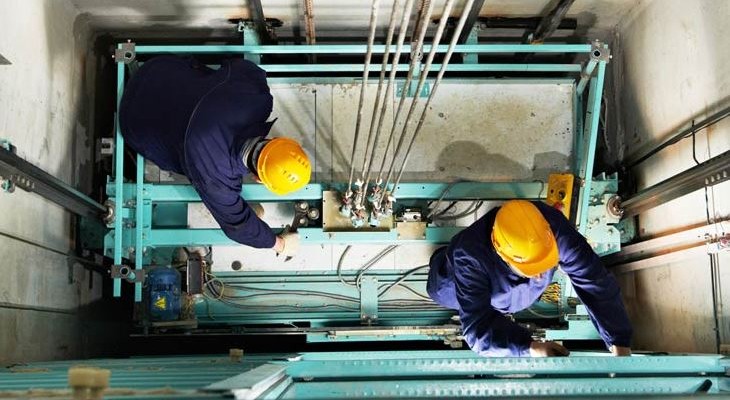
As a conscientious lift owner or building manager, you are responsible for ensuring that your lift is safe to operate. In light of this, it's essential to do routine lift servicing. The kind, frequency of use, and the number of floors affect how frequently lifts should be examined or repaired.…
Maintaining Home Elevators
:
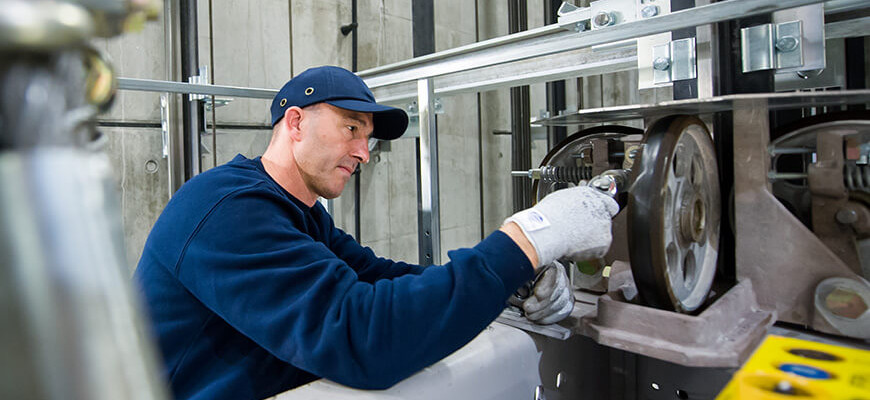
Today, many homeowners in Australia look for added comfort and convenience and choose to get home elevators installed. There are many advantages to having these features installed. They are a boon for people with mobility issues and a great way for them to reclaim their independence. Lifts also add the…
When Is It Time To Modernise Your Elevator?
:
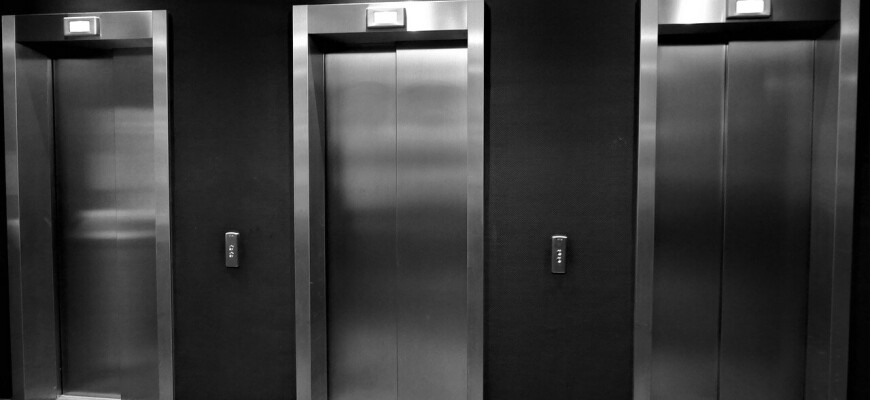
Elevators can last for many years if they are maintained well and minor repairs are handled on time. The regular upkeep and maintenance can ensure they function optimally, and it increases their lifespan too. But ultimately, there will be a time when mechanical equipment lives its expected lifespan or deteriorates…
Why Hire A Lift Consultant?
:
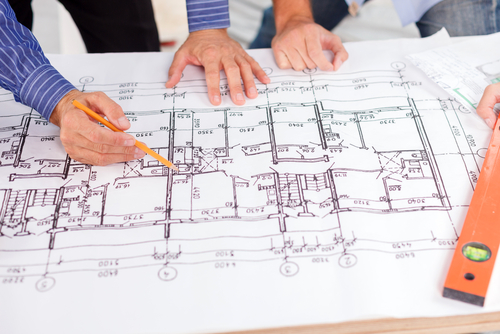
A lift consultant is an expert hired usually by a building developer, facility owner/manager, general contractor, or architect, to work on their behalf for the setup and maintenance of the elevators in their facility or building. An elevator consultant has expertise in various areas of lift projects, including the design,…
Intelligent Elevators
:
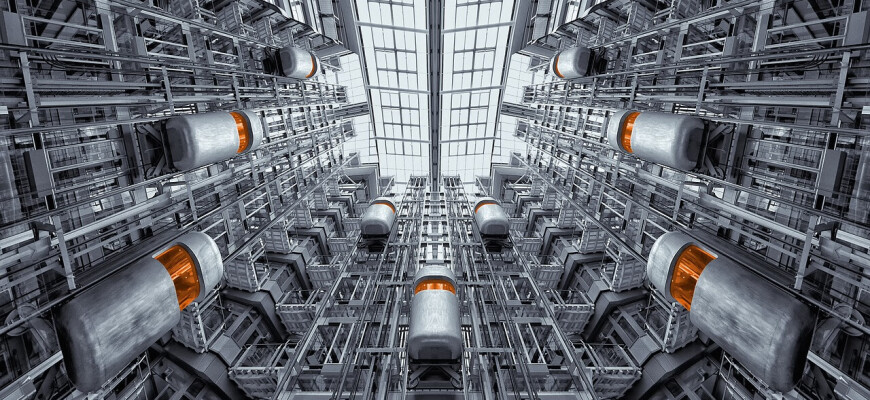
As more people move into larger cities, building upwards is often the only feasible option. This also means there is more demand for elevators. The best way to accommodate increasing traffic is through technology, and this is where intelligent elevators come in. We at Innovative Lift Consultants have helped many…
